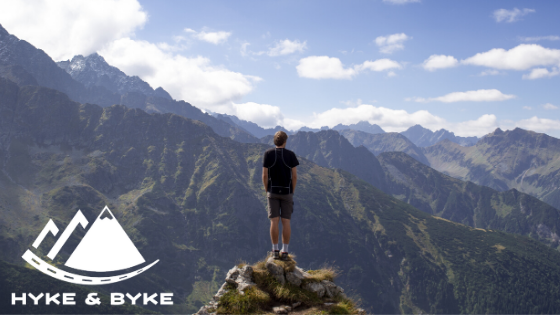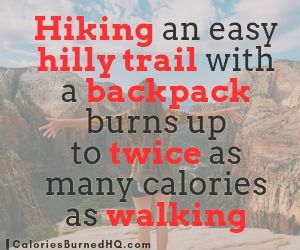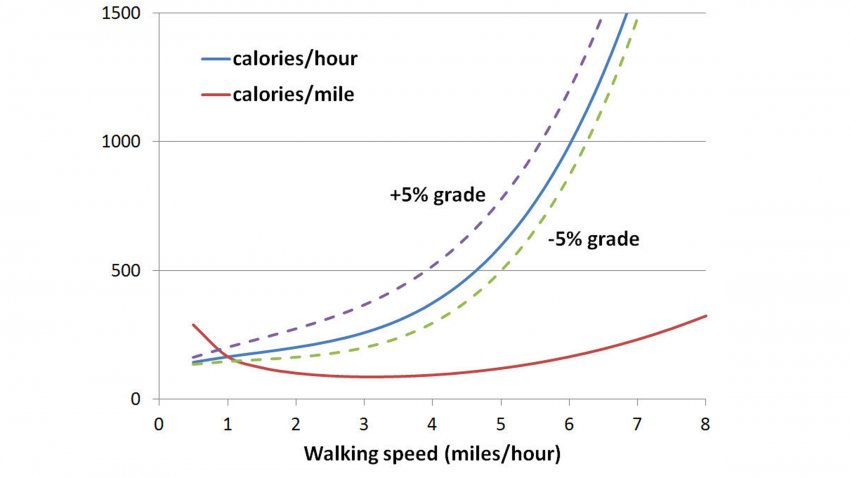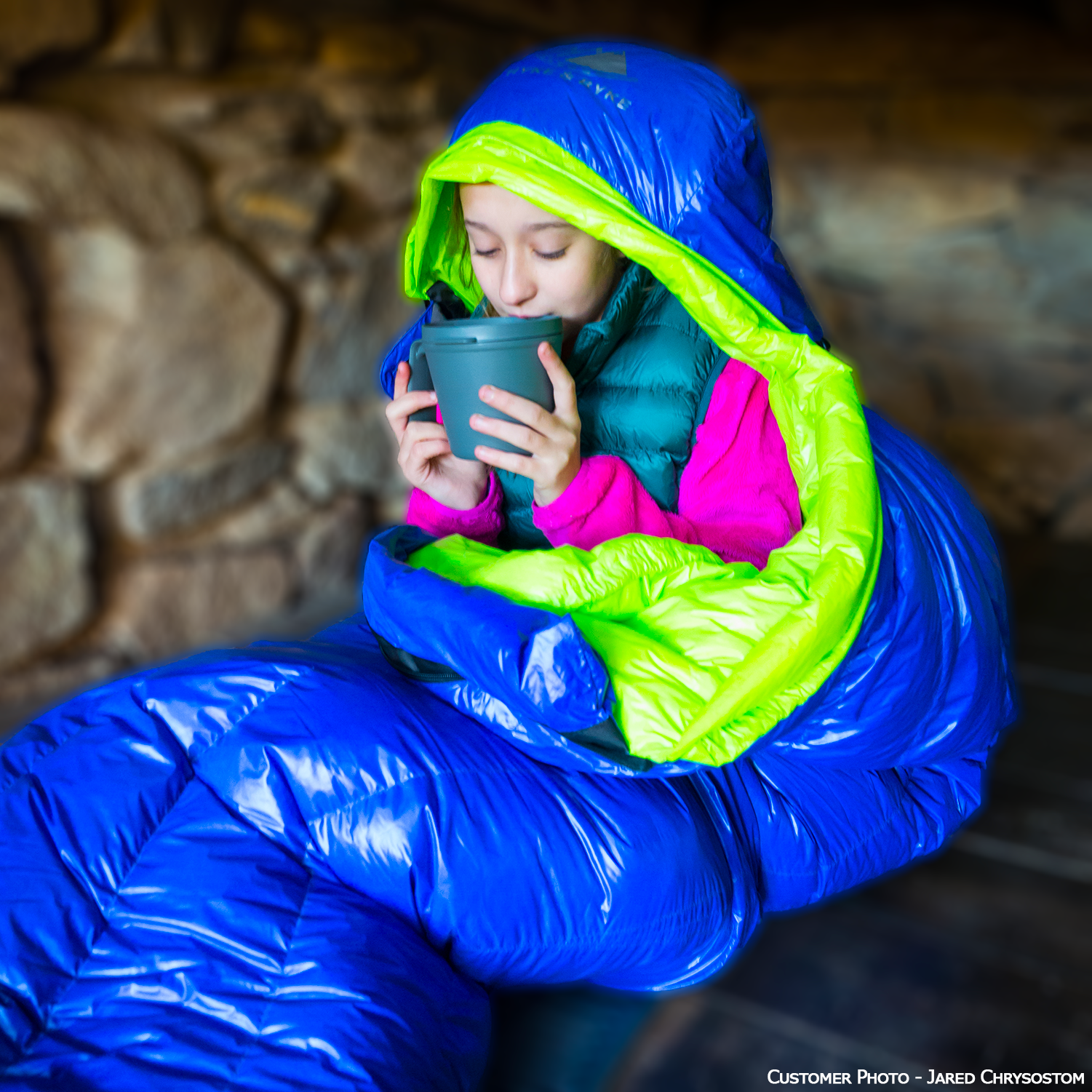Your Cart is Empty

Hey Crew! It's Daniel from Hyke & Byke.
Hiking is a fantastic complete body workout. Primarily hiking is lower body and core workout, but can also be an upper body workout, i.e. using trekking poles while hiking. Nature’s numerous obstacles, inclines and descents all work simultaneously to take on different muscle groups in varying ways.
Basically, the number of calories burned while hiking depends on your body weight combined with your backpack weight. The more total weight, the more calories your body is expected to burn while hiking with additional factors including terrain, trail grade, speed and of course distance.

Adding some more information into the calculation, here is additional factor details that influence one’s caloric burn rate:
1. FITNESS LEVEL
The fitter you are, the harder your body has to work to burn the same amount of calories as someone at a lower fitness level. By exercising more the human body becomes accustomed to higher physical activity limits and becomes more efficient in the way it burns calories. According estimates on Livestrong.com, a 160-pound adult burns between 430 and 440 calories per hour of hiking. Contrast that with 550 calories burned per hour for someone who weighs 200 pounds. So, you can see that the more you weigh, the more calories you’ll ultimately burn.
2. INTENSITY
By hiking at a quicker pace for at least 30 minutes of each hour, you can potentially double the number of calories you burn during and after the hike. This continuous vigorous rate increase your heart-rate helps to boost your metabolism long-term; meaning your body keeps on burning calories for around 14 hours after you stop hiking.
3. PACK WEIGHT
The load of your hiking pack controls the number of calories burned on a hike. A light daypack adds around 50 to 100 calories to your hourly calorie burn pace. A heavier load, similar to what you might bring on a backpacking trip, can raise your calorie burn count by about 200 calories per hour.
4. TERRAIN
The more demanding the environment, the more calories you will burn. Trails with rough, rocky ground and steep, long uphill portions cause the muscles to work harder to burn additional calories. This change in caloric burn due to terrain can be minimal to easily doubling your burn rate which should be accounted for during trip planning. Here is a graphical representation from Outside magazine:

Like I mentioned earlier, having a rough thought of how many calories you’ll burn on a hike is helpful for knowing how much food you’ll need to carry with you on your hike for you to remain suitably fuelled and energized.
Also, no one likes to hike with a bunch of hungry, grumpy hikers!
Need Some Encouragement?!
Check out this Fantastic photo taken by Jared Chrysostom of his hiking partner using their Hyke & Byke down sleeping bag after a day burning cals on the trail! #GetOutside #AdventureReadyGear


Comments will be approved before showing up.
Philip Freeman
March 12, 2020
I’m 68 yrs. I weigh 187 lbs. love backpacking.
Morning after day one I am so weak and sore. Should I eat more on the trail? Or should I slow down my walking pace? Help!